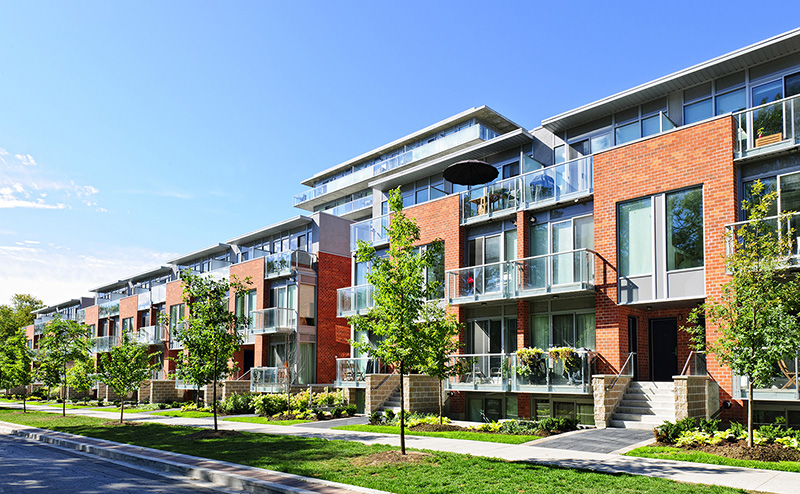Finding Your Property and Zoning Regulations
You can find your property’s zone by visiting maps.edmonton.ca. Select ‘Zoning’ and search by your property address.
*Disclaimer: While this will give you an indication of your property's zone, some inaccuracies may occur. To get the confirmation of your zone, please submit a zoning confirmation application form.
Search for your address
Under the 'General' information tab, you will find your current zone, which is linked to the section of the Zoning Bylaw that applies to your property.
You may also have overlays that apply additional regulations to your property. These overlays can also be found under the 'General' information tab and are linked to the applicable sections of the Zoning Bylaw.
For any questions you may have about the Zoning Bylaw, please contact the City of Edmonton.
In order to comply with the Zoning Bylaw, you may be required to have additional licences and permits. Here are some common licences and permits which may apply to you and your property.
The main goal of the Development Compliance team is to ensure property owners comply with the Zoning Bylaw. We use a variety of methods to achieve this:
Education about Zoning Bylaw regulations helps citizens to understand why complying with these regulations is necessary for all of us to live and work in a safe and vibrant city.
Violation Notices are written warnings that a violation of the Zoning Bylaw has occurred and informs the property owner what must be done in order to comply with the Zoning Bylaw.
Voluntary Compliance occurs when voluntary changes are made to comply with the Zoning Bylaw. This is the most effective and fastest way to achieve compliance.
Enforcement Action: Tickets (Municipal and Violation) are issued when voluntary corrective actions have not been taken.
Enforcement Action: Municipal Government Act Orders (Stop Orders) are legal documents issued in accordance with Section 645 of the Municipal Government Act. These identify the zoning violation and what must be done in order to comply with the Zoning Bylaw. Orders also define a timeline in which the actions must be taken to avoid further enforcement action.
Enforcement Action: Court Orders are demands for action. If the actions to correct the violation do not occur, stronger orders may result, such as an order of contempt. An Order of Contempt occurs when a court of law is disrespected, such as when a person refuses to comply with a court order.


